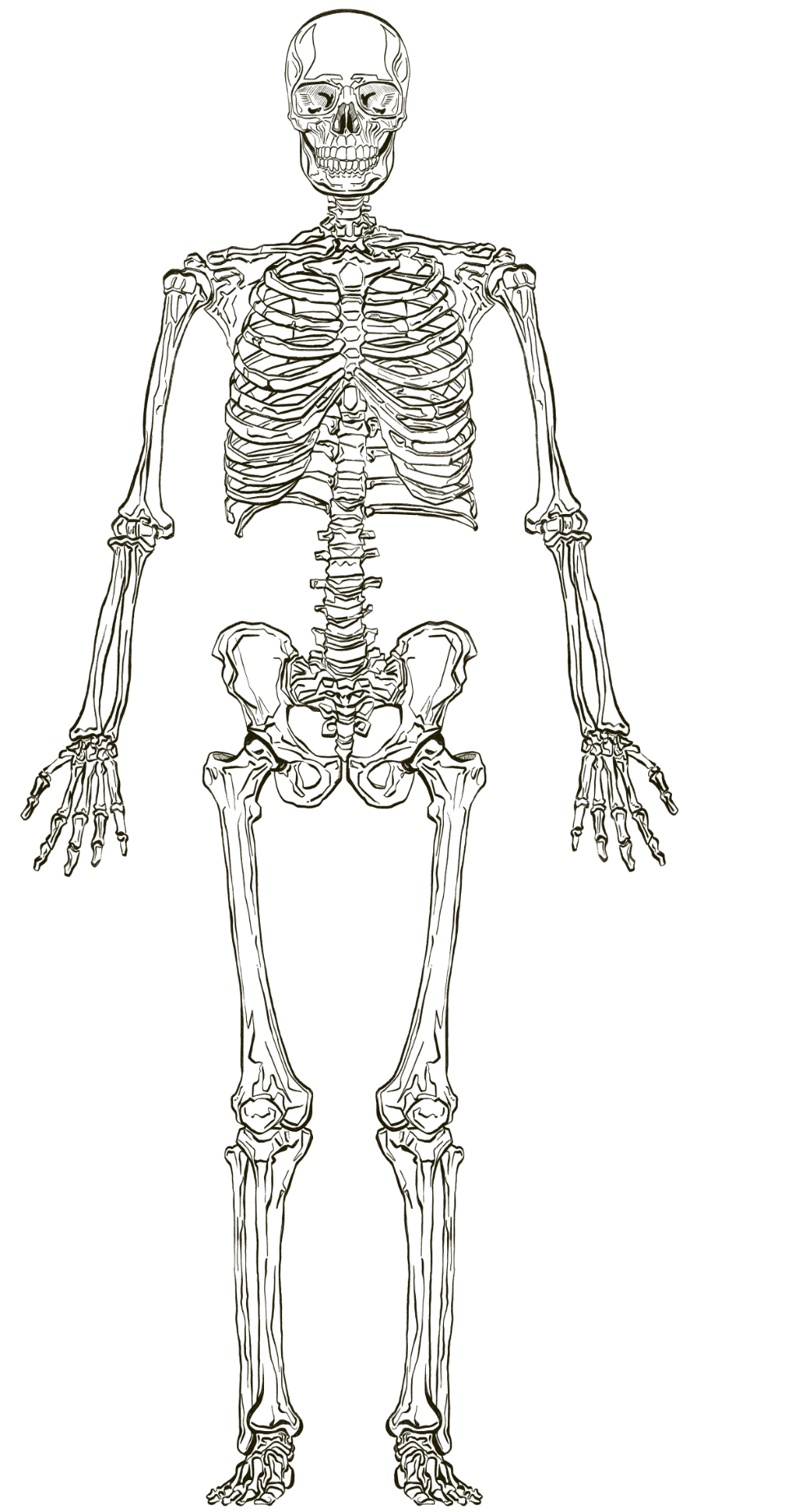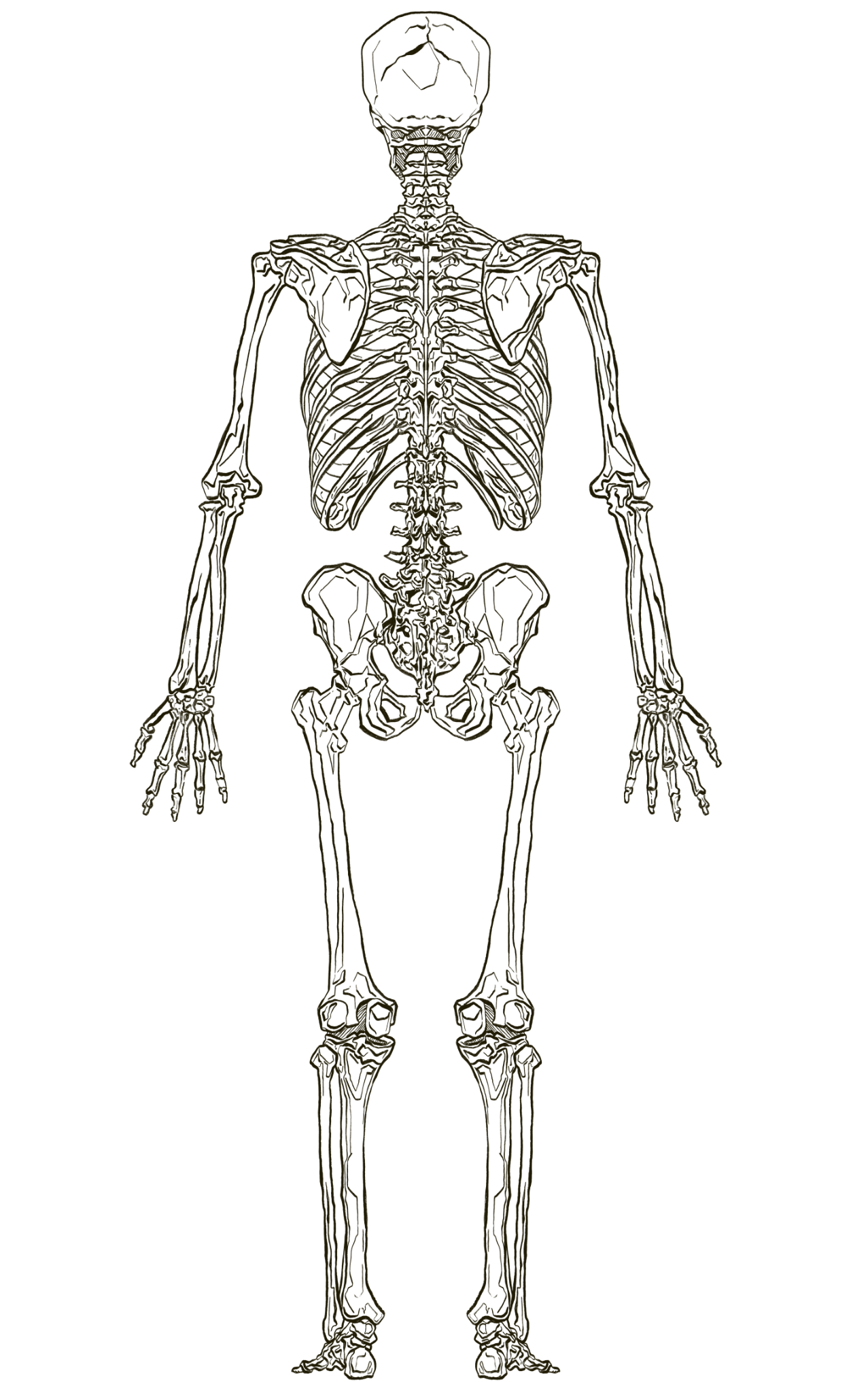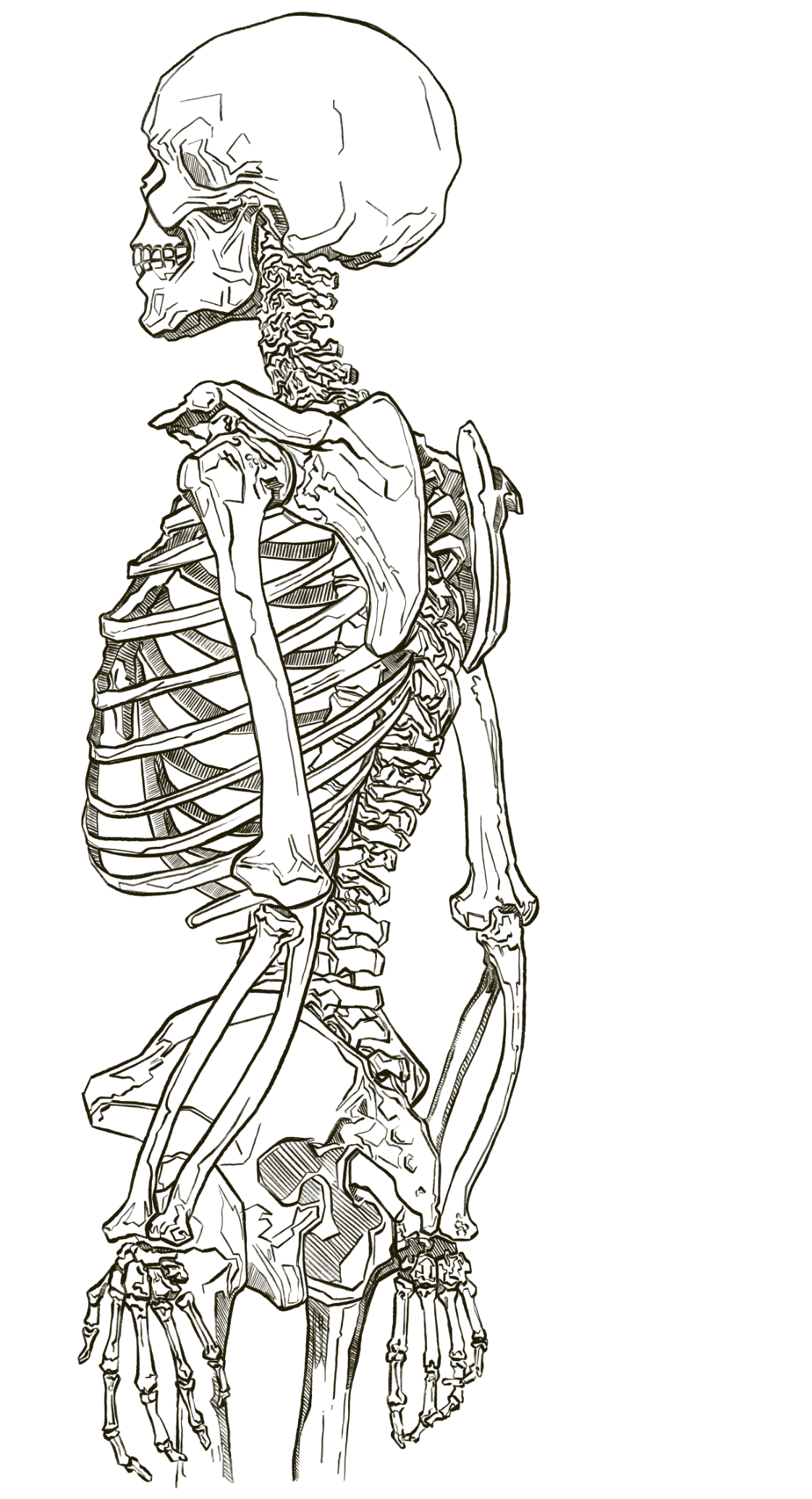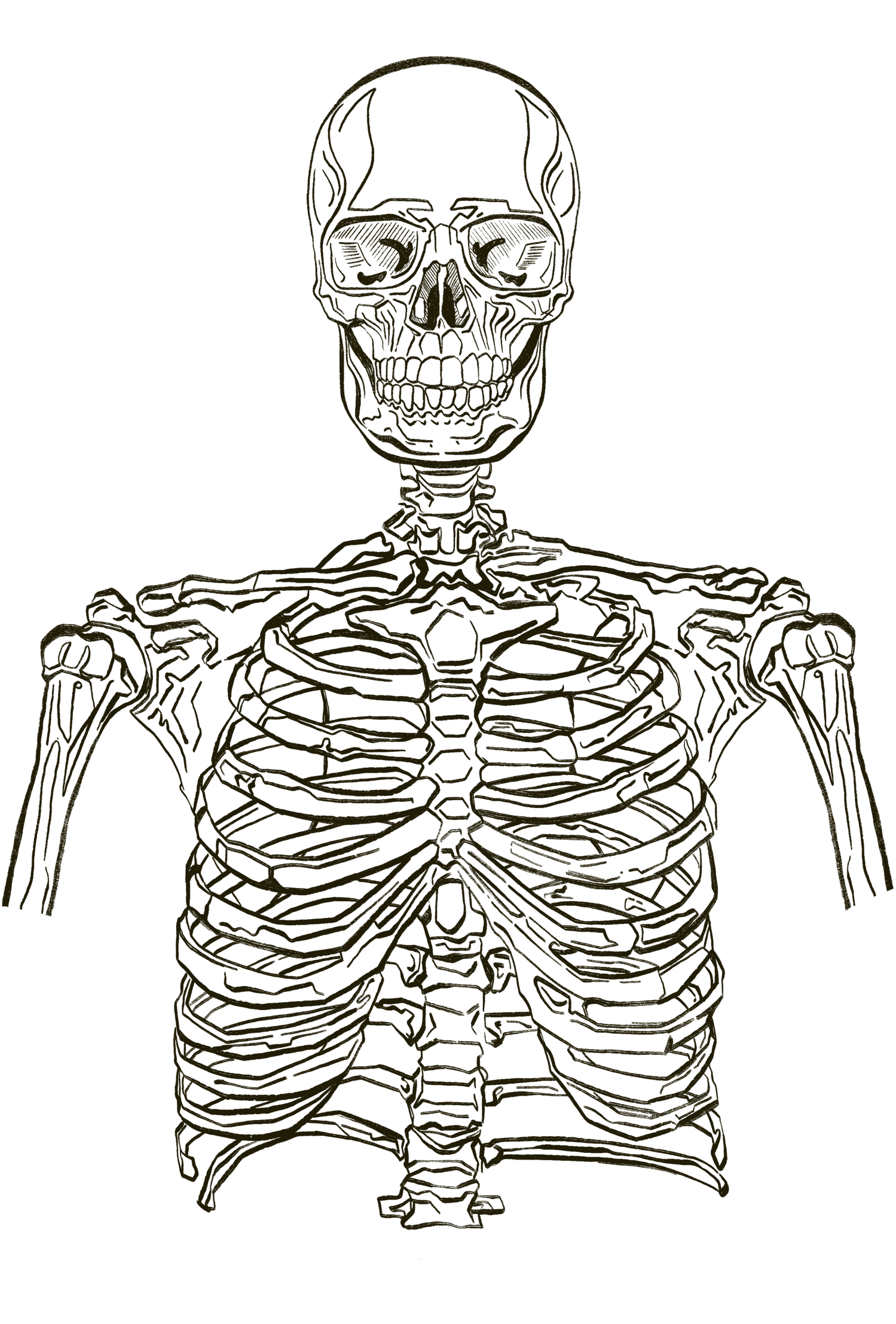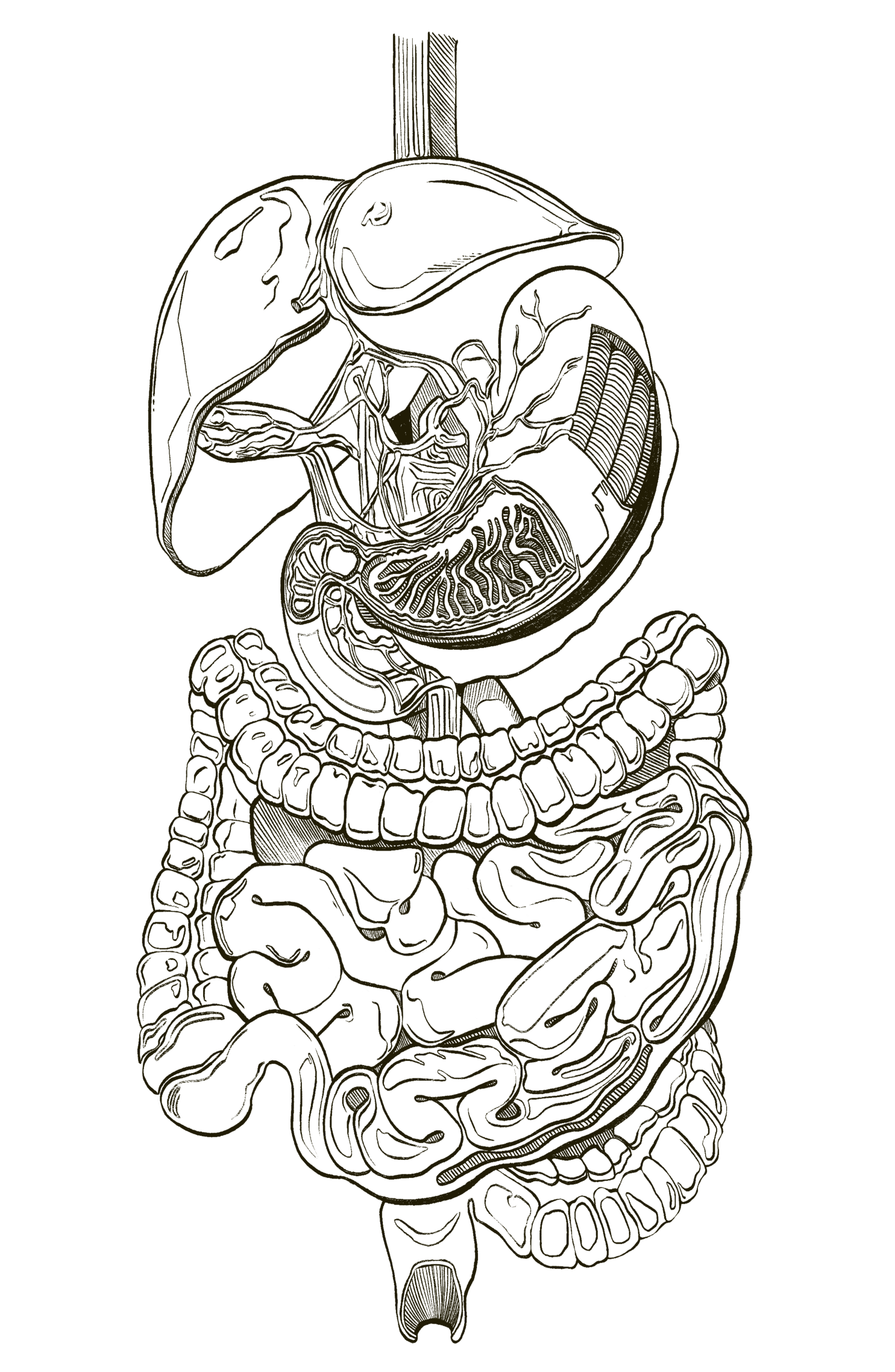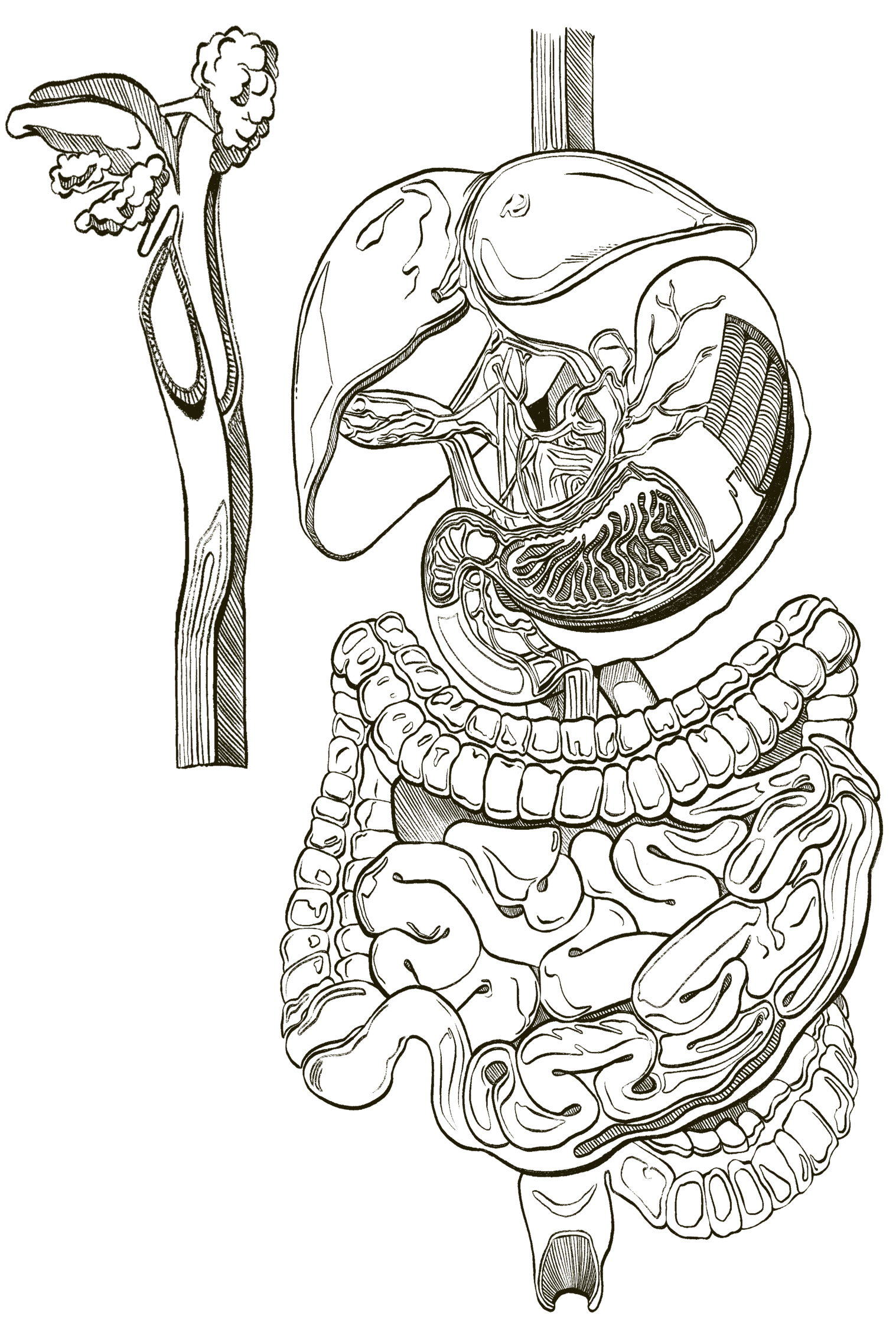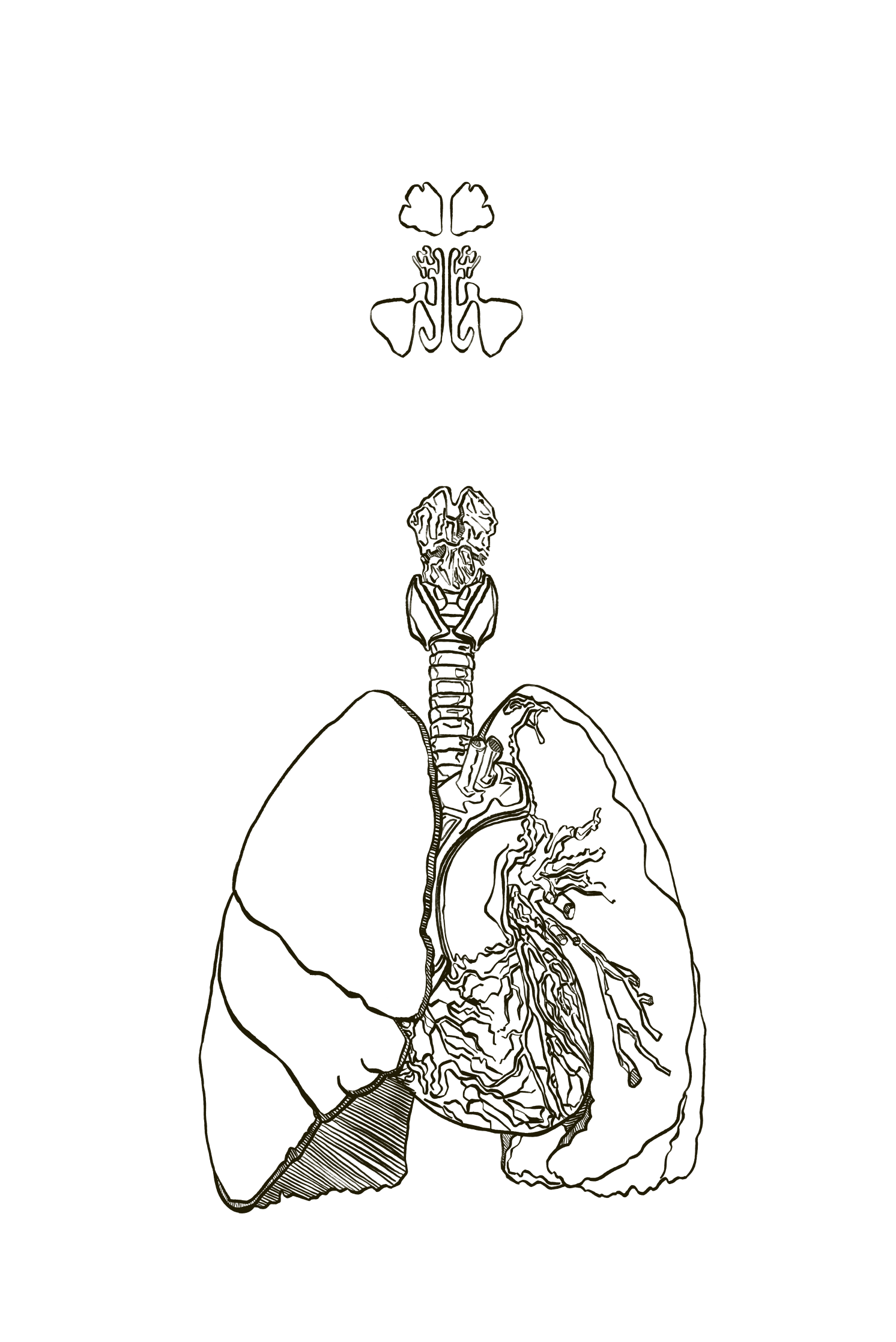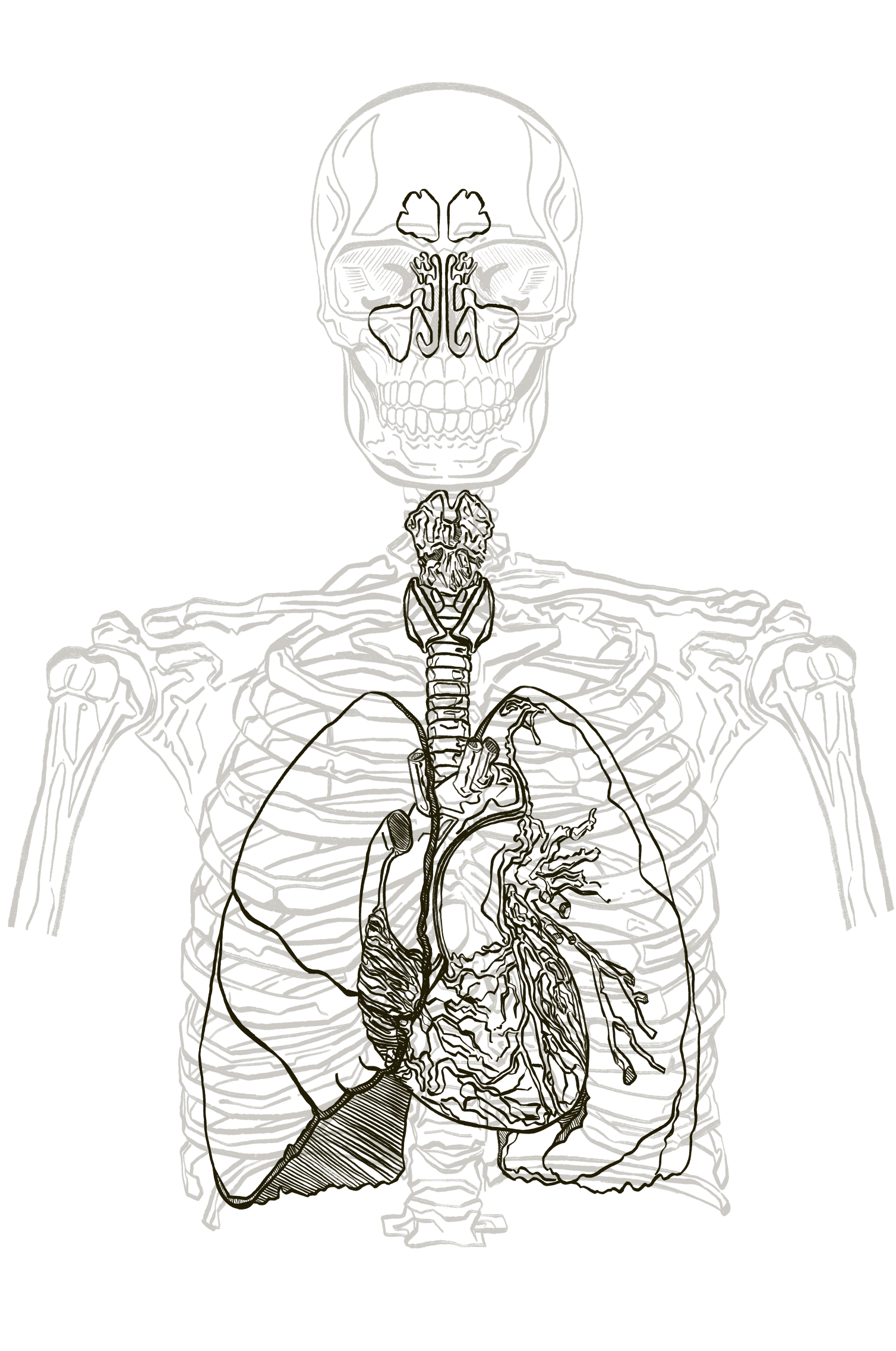29 Tutorial on Drawing Anatomical Structures
By Solomon R. Isekeije
Motivation.
Everyone has the innate ability to draw. Although drawing is a creative process, it involves the effective application of learned skills, for accurate depiction of objects or subjects. If we believe that drawing skills can be taught and learned then we can assume that everyone can learn to draw. Often, our inability to accurately depict objects or subjects is due to lack of trainings and familiarity with basic drawing skills. Enhanced visual acuity increase our ability for effective observation, interpretation, and ability to create drawings of three-dimensional images on two- dimensional surfaces. Economic and educational disparities against African Americans are some of the factors responsible for lower performance and limited engagement in art making processes among African American Youth. These setbacks may account for lower participation in creating and responding to visual arts among African American Youth compared to whites, Hispanic and other groups.
Learning Objectives
Upon completion of the work in this chapter students should be able to:
- Identify and compare basic organic and inorganic shape and forms to specific human organs and parts of the human anatomy.
- Apply a progressive drawing process in rendering selected human organs and parts of the human anatomy.
- Understand how to accurately measure the proportion of the human skeletal system.
- Draw the complete human skeletal system.
Background.
The ability to create and share still and moving images such as drawing, graphic illustrations, photographic reproduction and videos is one of the most important technological advancements of this age. Today, our daily activities are inundated with scores of still and moving images in the form of drawings, emoji, short memes, photographs and videos of friends and family, observations from nature, interesting objects, and places, and pictures of the food we eat. With so much reference to images in our daily interaction, it makes sense to develop some basic drawing skills to fully participate and appreciate our current 21st century visual revolution. The development of basic drawing skills can be linked to a heighten sense of visual acuity. For professionals in the field of Nursing and Allied Health the ability to make quick, accurate observations and act upon those observations can make the difference between life and death for their patients.
One might argue that good science is based partly on good observation. If this argument holds merit, it makes sense for a Nursing and Allied Health practitioner to learn how to accurately perceive and document their observations. ‘Observation is essential in science. Scientists use observation to collect and record data, which enables them to construct and test hypothesis and theories.’ https://www.sciencelearn.org.nz/resources/8-the-role-of-observation-in-science
To draw an object accurately, the observer must develop the ability to perceive the object down to the smallest detail and the skill to represent the same object on a two-dimensional surface or piece of paper. Depicting what we see in the natural world or three-dimensional images on a two-dimensional surface requires an understanding of specific image representational techniques. It is important to note that drawing is as much a representational process as it is an explorative process. Drawing can help us learn the shape and concurs of an organ by develop muscle memory of how to draw that organ. The process of repeating your drawing several times during practice, is how you develop muscle memory of that object. As the saying goes, ‘Practice make perfect.’
Visual perception, balance, scale and proportion and drawing:
Visual perception: The weight of a line speaks to the thickness of the line. All drawing should start as very thin, barely visible lines which explore the shape of the object you wish to draw several times before you finalize the outline or shape of the object.
Balance: Symmetrical balance refers to equal placement and representation of objects on opposite sides of the same organ or structure, whole asymmetrical balance is the opposite. Applying this understanding will help you with placement in your drawing exercises. For example: the human head is symmetrically balanced. While a human kidney has an asymmetrical balance. This basic understanding provides visual reference which guide the drawing process. To help establish some points of reference, always create a geometric shape like a square or rectangle and create your drawing within one of these shapes.
Shape and drawing:
A logical approach to creating a drawing of any object is to first associate that object to a basic organic or inorganic shape. Most animate and inanimate objects found in nature often retain organic shapes, while most man-made objects often have inorganic shapes like squares, triangles, rectangles etc. Most organs in the human anatomy are typically organic in shapes. Therefore, a helpful exercise on proper observation and drawing of any human organ is to first compare its shape to another common organic or inorganic shape. Like image comparison, associating words with object is one of the earliest and most effective learning methods during our elementary education. We even develop nursey rhyme to help our developing brains associate certain alphabets with specific images (A is for apple and B is for Ball).
The pressure of creating accurate drawings might create a sense of anxiety for some prospective Nursing and Allied Health practitioner. Since a steady hand is one of the requirements for a good drawing, anxiety associated with drawing might be responsible for poor drawings in Anatomy and Physiology courses. To help demystify the drawing process, you should not only compare the shapes of the organ to another familiar object, but you can also carve out its shape from a basic geometric block.
Examples:
